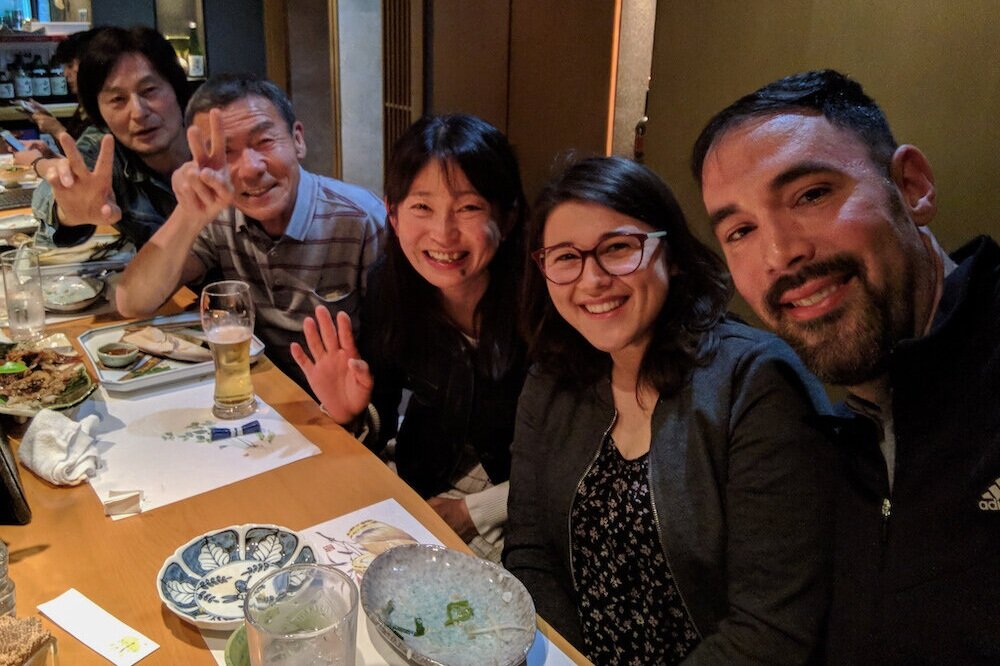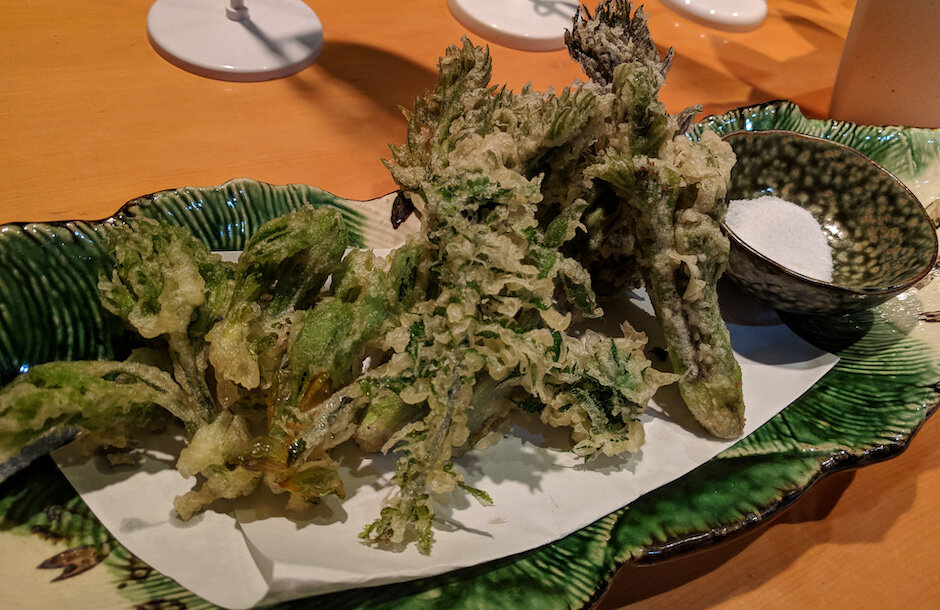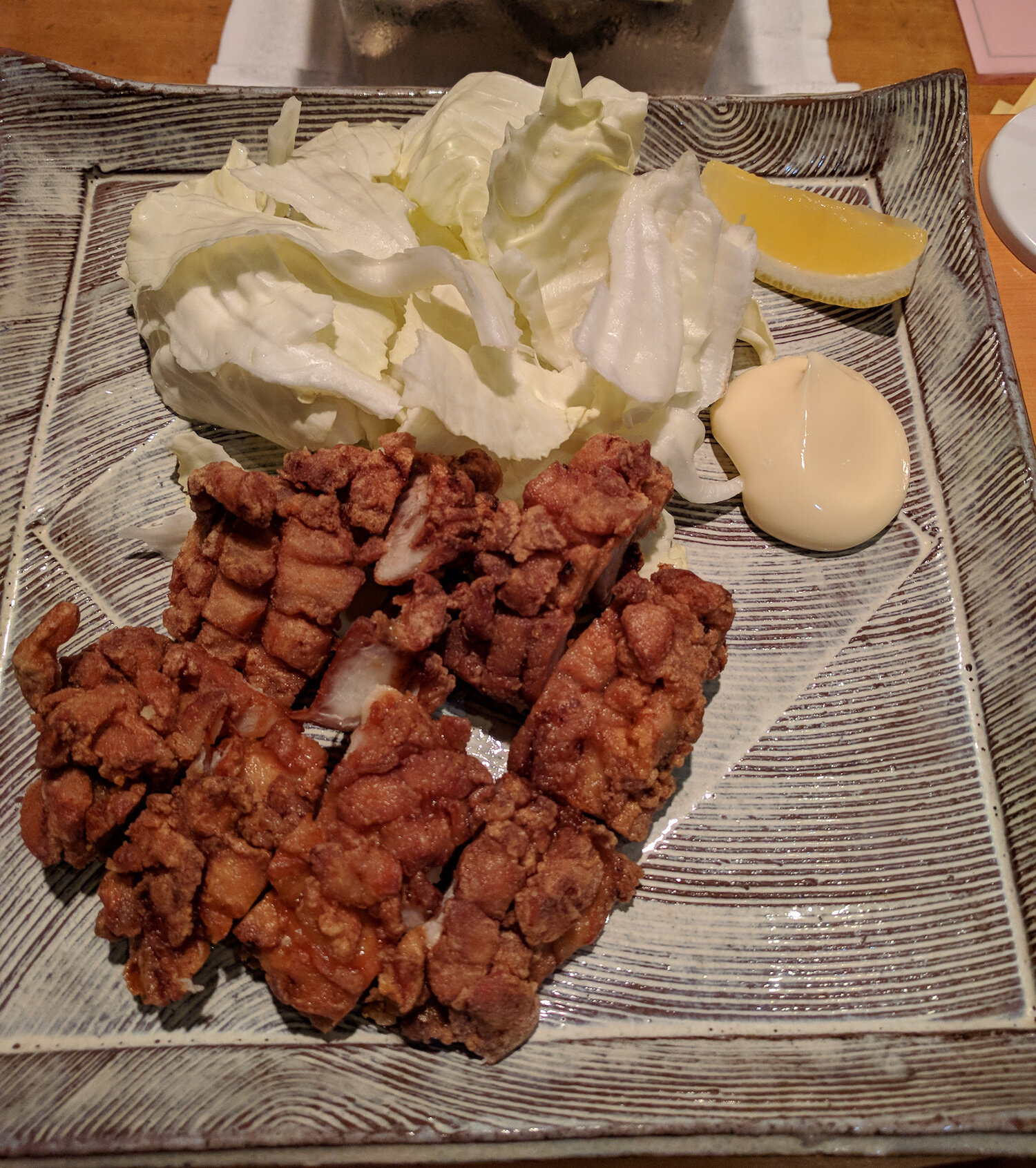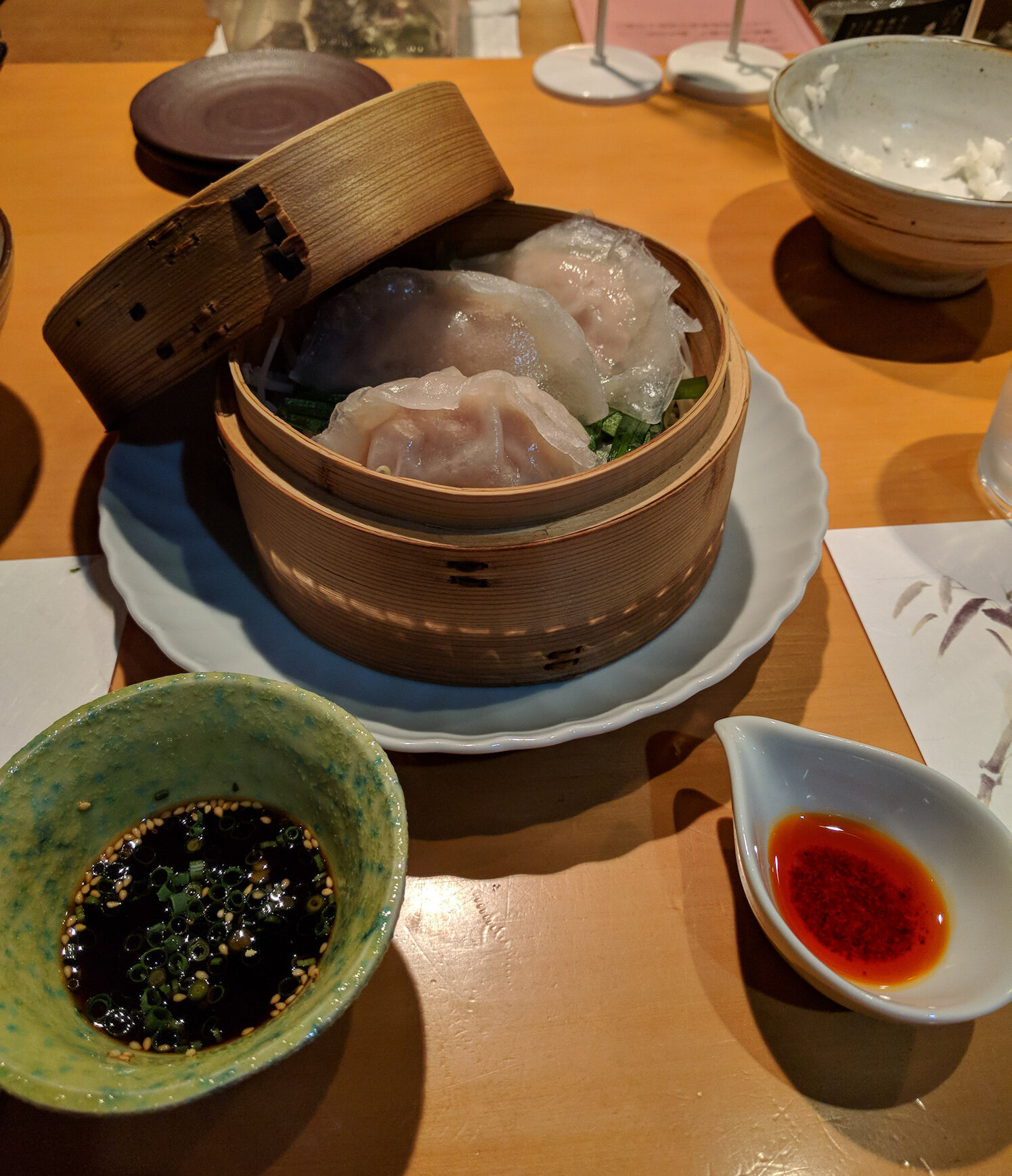Hidden gems of Japan
We visited a few places which are not often spoken about in documentaries or generally in travel blogs. Find out the three locations in this article. Matsumoto and our brief encounter with the locals at dinner, beautiful views of one of the top three Japanese gardens in Kanazawa, and our visit at the open air museum during a rainy and gloomy day in Hakone.
Matsumoto
The day before our day trip to the Alpine Route Tateyama-Kurobe, we arrived to Matsumoto from Tokyo. We did not read much in advance as we knew it would only be a few hours stop and a night sleep.
One thing we did plan to see was the Matsumoto Castle ‘Matsumotojo’. It’s uniqueness is that it stands on a flat area rather than a hill or a mountain, and the way the defence would work was on an extensive systems of inter-connecting walls, moats and gatehouses (now you know). It was built in 1504 and was originally called the ‘Fukashi Castle’.
Matsumoto Castle
Without any expectations we had a memorable night in Matsumoto thanks to a lovely shared food experience at the Izakaya restaurant we dined at. It is typical to eat in front of the kitchen on a shared counter in Japan. Though, in 14 days we never really had a chance to mingle with the locals. On this night, we ended up discussing our honeymoon travels and our Italian wedding with super friendly locals. It was great, the guys at the end of the table started first chatting to the lady, then later she started chatting with us, a bit like the old ‘telephone’ game we used to play as kids.
They made us taste their favourite dishes and finally cheered with some sake. Later, we found out that Izakaya are informal type of restaurants usually post-working places, similar to pubs for us in Europe. Food was great for us and the experience, well definitely memorable.
Kanazawa
After the day trip in the alps we arrived in Kanazawa at night, where we had planned to spend two nights. 'Kenroku-en', is one of the top three famous gardens of Japan. A private old garden that follows the six characteristics of the notion of an 'ideal garden': spaciousness, serenity, venerability, scenic views, subtle design and coolness. Wherever you find your self in the park there is always a perfect spot to contemplate and enjoy the nature around you so beautifully cared for in every aspect.
Kenroku-en garden
Kenroku-en garden
During the trip i read that the lanterns in the garden were originally from China, and were brought to Japan later in time. The stone lanterns were originally only used to illuminate Japanese pagodas and temples. Lanterns got their first use in home gardens thanks to the traditional Japanese tea ceremonies. These special occasions were usually held in the evenings and this is how lanterns have become part of the traditional Japanese garden decor. Usually, they are placed near water or along a curve in a path.
Garden lantern in Kenroku-en garden
Maybe a more touristic place is the 'Nagamachi Samurai District'. Beautifully preserved samurai housing complex where you can roam free and enter in the traditional homes to relive the past and visit the Japanese style gardens open to public.
Nagamachi samurai district
Traditional home open to public
Samurai armour at Nagamachi samurai district
Hakone
Many travel guides did suggest to go to Hakone, a beautiful mountainous town and National Park west of Tokyo, famous for its natural hot springs resorts (onsen) and the views of the Mt. Fuji. Given our very hectic and active first 10 days travelling around Japan, we decided to end our honeymoon within the nature.
Ryokan Hakone Ashinoko Hanaori, Kanagawa
When we arrived at the hotel we found grey skies and cloudy weather. Mt. Fuji unfortunately was completely covered, to be honest we didn’t really know where to look to find it. However, looking at the weather we knew more bad weather was coming the next day, so we decided to take a chance, hoping for clear skies and hopped on the first Pirate Ship cruise. As you find below, looks like we made the right choice. The sky opened and all of the sudden we had amazing views throughout the lake cruise.
Mt Fuji on Lake Ashi cruising on a Pirate Ship
Sightseeing pirate ship on Hashi Lake
The next day, the grey clouds and rain took over Hakone as expected. Maybe you understood by now, we can’t really stand still, and searched for the best activity closed by. We decided to visit the Open Air Museum and don’t regret the choice.
Statue Action Enchaînée, 1906
Floating Sculpture 3, 1969
Symphonic Sculpture, 1975
Woods of Net (children’s playground)
After having rested and relaxed in the beautiful Hakone, we returned to hectic Tokyo for our last two days before travelling back to Europe. Definitely recommend these three locations to feel closer to the locals and mingle away with the Japanese culture.




